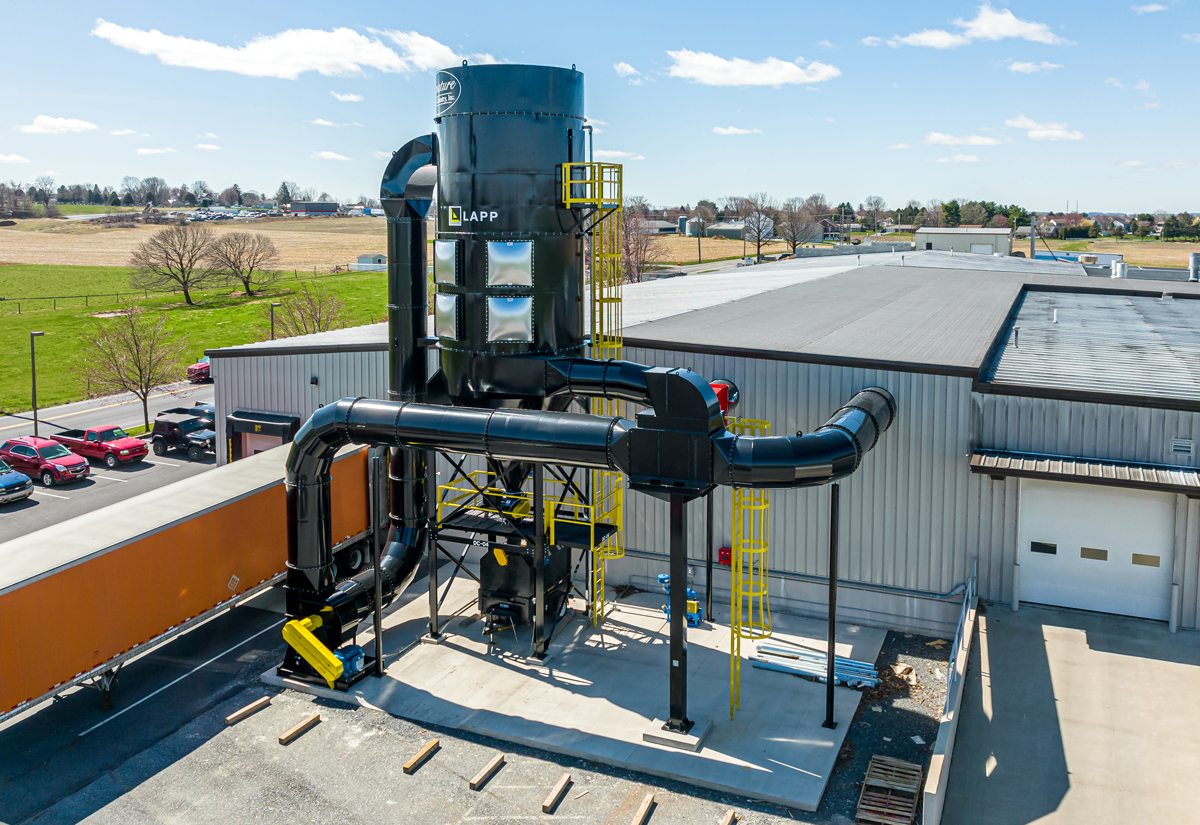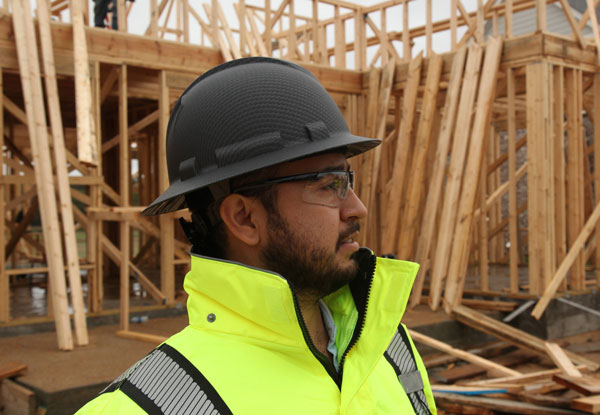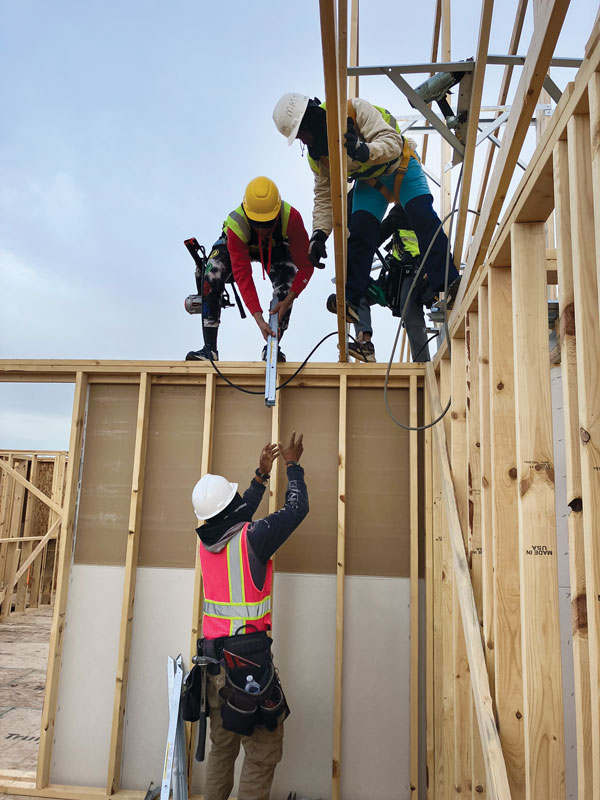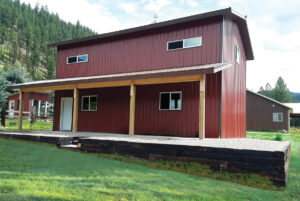By Konner High
In today’s industrial landscape, where efficiency and safety are paramount, the often-overlooked but crucial aspect of dust collection plays a significant role. Dust collection systems are instrumental in maintaining clean and safe working environments across various industries, ranging from woodworking to pharmaceuticals. Understanding how these systems function and their importance in promoting employee health and ensuring compliance with National Fire Protection Association (NFPA) regulations is essential for businesses striving for optimal productivity and safety standards.
Protecting Health and Safety, Improving Product Quality, and Increasing Productivity
Dust collection is not merely about tidiness; it is about mitigating risks associated with airborne particles that can pose severe health hazards to employees and create potential fire and explosion hazards. As Isaac Lapp, owner of Lapp Millwright, a dust collection company, asserts, “Dust collection is extremely important in ensuring safe and efficient processes in many industries such as woodworking and food production.
“According to Dust Safety Science, there were 159 fires, 32 explosions, and 48 preventable fatalities from Jan. 1, 2023 through July 1, 2023 associated with dust-related events. These numbers are far too high and costly to ignore. If proper dust collection practices are implemented and even one life is saved, it’s well worth the investment. These are families whose loved ones come back from work safely, generational businesses that get to keep going, not just an unfortunate insurance claim. While these numbers can show the losses endured by businesses and families alike, the amount of heartache and financial loss prevented by quality dust systems does not go reported in the hard numbers. Hearing how our spark detection and suppression systems prevented the loss of a facility is something that we truly appreciate.”
Woodworking, in particular, stands out as an industry with a critical need for efficient dust collection systems. The cutting, sanding, and shaping of wood generate fine particles that, if not properly collected, can accumulate and pose health risks to workers, such as respiratory issues and allergic reactions. Moreover, wood dust is highly combustible, making effective dust collection systems essential for preventing workplace fires and explosions. These issues can also be seen in facilities that process cardboard and paper.
Excess wood particulate and dust not only pose risks to employee health and safety but can also adversely affect the quality of the finished product. In woodworking industries, the accumulation of dust on machinery components can impede their proper functioning, leading to increased maintenance requirements and reduced equipment lifespan. Furthermore, when dust settles on unfinished wood surfaces, it creates barriers that hinder the adherence of finishes and coatings, resulting in subpar product quality. This can lead to costly rework and delays in production schedules, highlighting the multifaceted impact of inadequate dust collection practices on both operational efficiency and product integrity.
How Dust Collection Systems Work
Dust collection systems operate on the principle of capturing dust particles at their source, thereby preventing their dispersion into the surrounding environment. Central to these systems are robust suction mechanisms that draw in airborne particles, effectively containing them before they can pose health hazards or contribute to potential fire risks. This suction is facilitated through a meticulously engineered network of ducts and hoses that span throughout the workspace, reaching every area where dust is generated.


As the dust-laden air is transported through these conduits, it converges upon a central collection point, typically a dust collector or filtration unit. Here, the separation process begins in earnest: the dust is efficiently extracted from the air stream and deposited into designated collection bins or filters, while the purified air is either recirculated back into the workspace or safely vented outside. This dual process of extraction and filtration ensures that the workspace remains clean and free of harmful particulates, safeguarding both employee health and the integrity of the production environment. In essence, dust collection systems function as silent sentinels, tirelessly working to maintain optimal air quality and safety standards within industrial settings.
A Tailored Solution
The effectiveness of a dust collection system hinges on a multitude of factors, encompassing the intricacies of equipment selection, facility layout, and the unique characteristics of the dust being generated. This takes a tailored solution crafted to precisely address the distinct requirements of each client. By conducting thorough assessments of the facility’s operations and environmental conditions, the dust collection company ensures that every aspect of the system, from ductwork placement to filtration technology, is optimized for maximum efficiency and effectiveness. They also adhere to stringent industry regulations, such as those set forth by the NFPA.
A Case Study
One of Lapp Millwright’s notable projects, Signature Custom Cabinetry, serves as a compelling example of how a well-designed dust collection system can solve a challenging problem. In this project, the client, a woodworking facility, was facing issues with excessive dust accumulation, leading to health concerns among employees and a heightened risk of fire. The team conducted a thorough assessment of the facility’s operations and designed a comprehensive dust collection solution that addressed the specific challenges faced by the client. Through the implementation of state-of-the-art equipment and strategic placement of collection points, they effectively mitigated the dust-related hazards, enhancing both the safety and efficiency of the client’s operations.
Complying With NFPA Standards
Compliance with NFPA standards is paramount within the domain of dust collection systems, especially for industries dealing with combustible materials. These standards, crafted by the NFPA, serve as a comprehensive framework aimed at fortifying facilities against the potentially devastating repercussions of fires and explosions ignited by combustible dust particles. Businesses operating within such environments are mandated to uphold these standards, recognizing them as indispensable safeguards for protecting their premises and personnel from harm.
Adherence to NFPA regulations ensures that every aspect of a dust collection system is meticulously designed, installed, and maintained to meet stringent safety criteria. Components such as spark traps and blast gates can help companies with high fire risks mitigate the threat of fire without changing operation standards. From the selection of appropriate materials to the intricate nuances of system configuration and operation, each step is orchestrated with precision to mitigate the risk of accidents and regulatory breaches.
By prioritizing compliance with NFPA standards, businesses not only bolster their defenses against potential hazards but also foster a culture of safety and accountability throughout their operations. This commitment to regulatory adherence fosters confidence in the reliability and efficacy of dust collection systems, ensuring the continued well-being of personnel and the uninterrupted flow of production processes. In essence, compliance with NFPA standards serves as a cornerstone of risk management, guiding businesses towards safer, more resilient operations in an ever-evolving industrial landscape.
In conclusion, dust collection is a fundamental aspect of industrial operations, essential for maintaining clean and safe working environments while ensuring compliance with regulatory standards. From woodworking to pharmaceuticals, industries across the board rely on effective dust collection systems to protect their employees and assets. As Isaac Lapp aptly summarizes, “The importance of dust collection cannot be overstated. It is a critical component of safety and efficiency in various industries, and investing in quality dust collection solutions is paramount for businesses aiming to thrive in today’s competitive landscape.” RB
Lapp Millwright (lappmillwright.com) is a prominent dust collection company with over two decades of experience. The firm produces industrial dust systems, smoke and fume collection systems, custom systems for small and mid-size spaces, Industrial filters, ductwork systems, bucket elevators, and offers preventive maintenance, service and repairs.



















